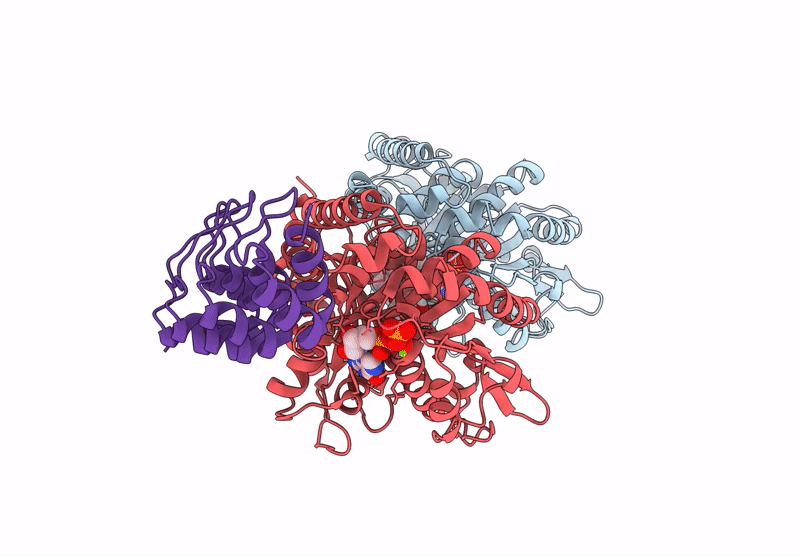
Deposition Date
2025-03-22
Release Date
2025-04-16
Last Version Date
2025-09-10
Entry Detail
Biological Source:
Source Organism:
synthetic construct (Taxon ID: 32630)
Sus scrofa (Taxon ID: 9823)
Sus scrofa (Taxon ID: 9823)
Host Organism:
Method Details:
Experimental Method:
Resolution:
1.92 Å
R-Value Free:
0.22
R-Value Work:
0.18
R-Value Observed:
0.18
Space Group:
P 1 21 1


